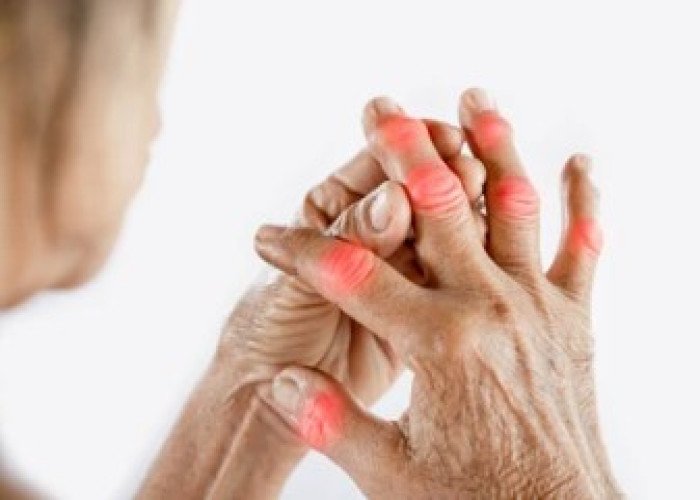 Welcome
Welcome
“May all be happy, may all be healed, may all be at peace and may no one ever suffer."
Leukorrhea - Yoga remedies
Leukorrhea, also known as leucorrhoea, is a condition characterized by a thick, whitish or yellowish vaginal discharge. This discharge can be caused by a variety of factors, including infections, hormonal imbalances, poor hygiene, and certain medical conditions.
Leukorrhea is a common condition that affects many women at some point in their lives. It is not usually a serious condition, but it can be uncomfortable and can cause embarrassment or distress. In some cases, it may also be a sign of an underlying health issue that requires medical attention.
Causes of Leukorrhea
Leukorrhea can be caused by a variety of factors, including infections, hormonal imbalances, poor hygiene, and certain medical conditions. Some of the most common causes of leukorrhea include:
- Infections: Leukorrhea can be caused by infections in the vagina, such as yeast infections, bacterial vaginosis, and sexually transmitted infections (STIs) like chlamydia or gonorrhea.
- Hormonal imbalances: Hormonal imbalances, such as those that occur during pregnancy or menopause, can also cause leukorrhea.
- Poor hygiene: Poor hygiene can lead to an overgrowth of bacteria or yeast in the vagina, which can cause leukorrhea.
- Certain medical conditions: Certain medical conditions, such as diabetes or thyroid disorders, can also cause leukorrhea.
Symptoms of Leukorrhea
The most common symptom of leukorrhea is a thick, white or yellowish vaginal discharge. Other symptoms may include:
- Itching or irritation in the vaginal area
- Pain or discomfort during sexual intercourse
- A foul odor in the discharge
- Swelling or redness in the vaginal area
- Abdominal pain or cramping
Diagnosis and Treatment of Leukorrhea
To diagnose leukorrhea, your healthcare provider may perform a pelvic exam and take a sample of the discharge for laboratory testing. Depending on the cause of the condition, treatment may include:
- Antibiotics or antifungal medications to treat infections
- Hormone therapy to treat hormonal imbalances
- Lifestyle changes, such as practicing good hygiene or avoiding certain irritants
- Treatment for underlying medical conditions
Prevention of Leukorrhea
To help prevent leukorrhea, you can take the following steps:
- Practice good hygiene, including washing the vaginal area regularly with mild soap and water
- Wear loose-fitting, breathable clothing
- Avoid using harsh soaps or douches in the vaginal area
- Practice safe sex to reduce the risk of STIs
In conclusion, leukorrhea is a common condition that affects many women at some point in their lives. It can be caused by a variety of factors, including infections, hormonal imbalances, poor hygiene, and certain medical conditions. If you are experiencing symptoms of leukorrhea, it is important to consult a healthcare provider for proper diagnosis and treatment.

Pneumonia

Ulcers

Memory loss

Ejaculation

Inflammation of airways

Arthritis in hand

Dental disease

Seasons are irregular
White supremacy, শ্বেত প্রদর
To be happy, beautiful, healthy, wealthy, hale and long-lived stay with DM3S.
